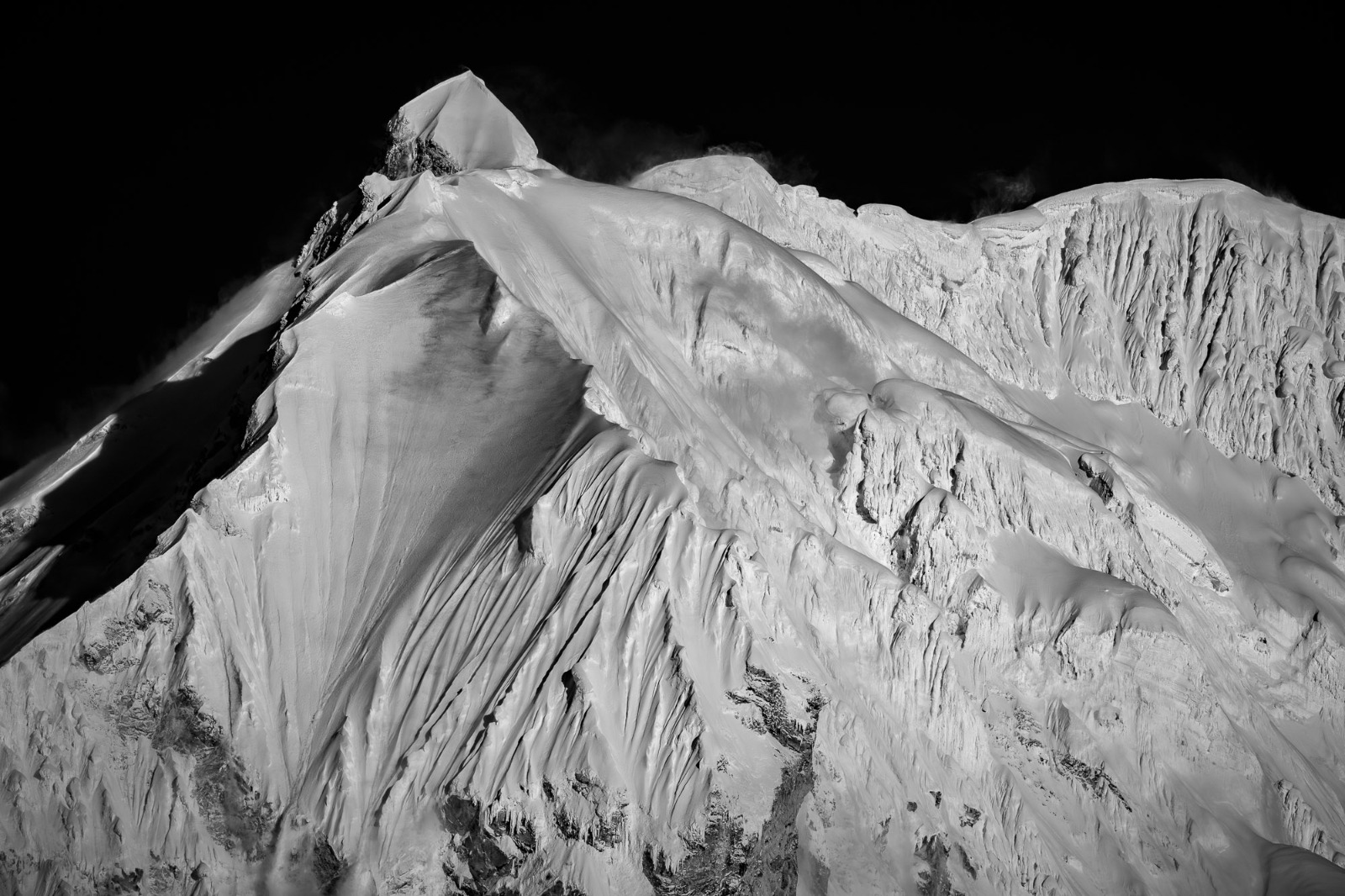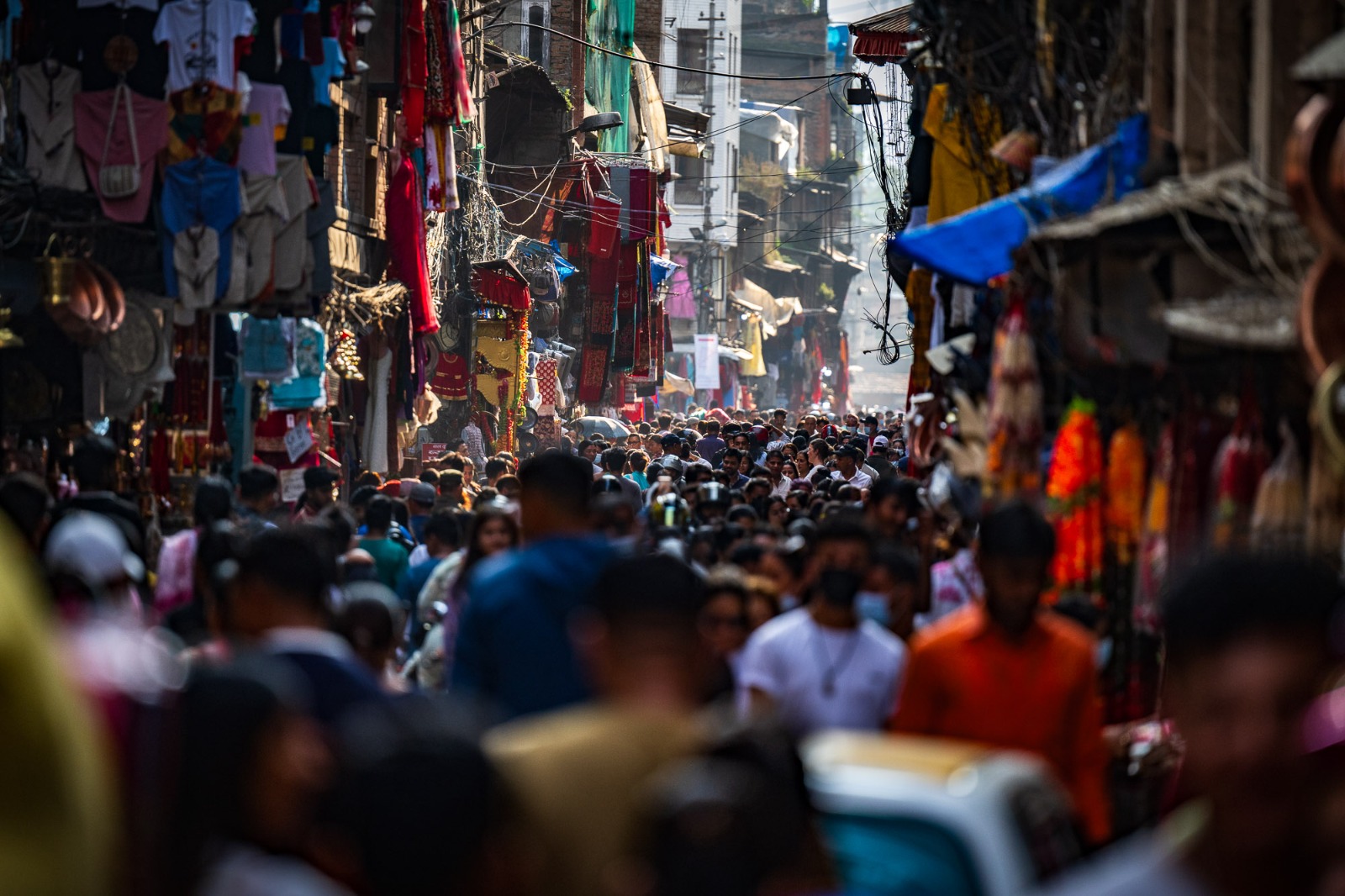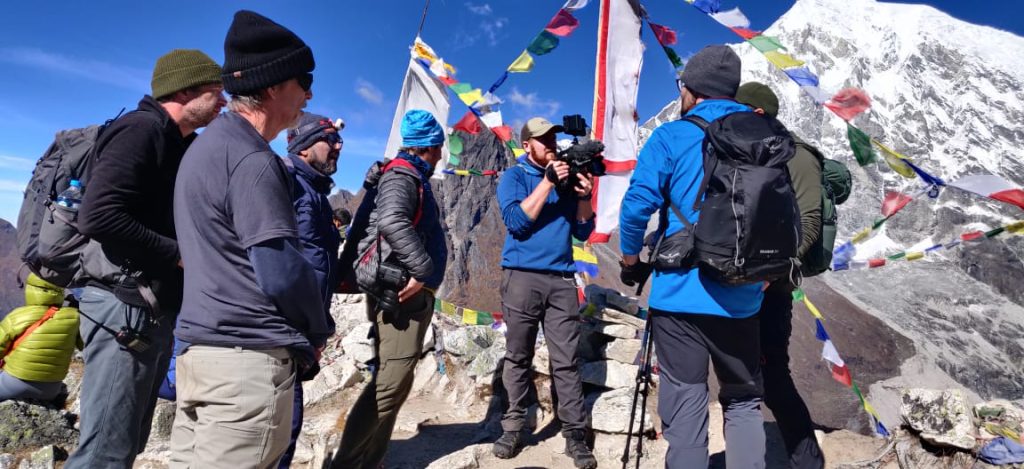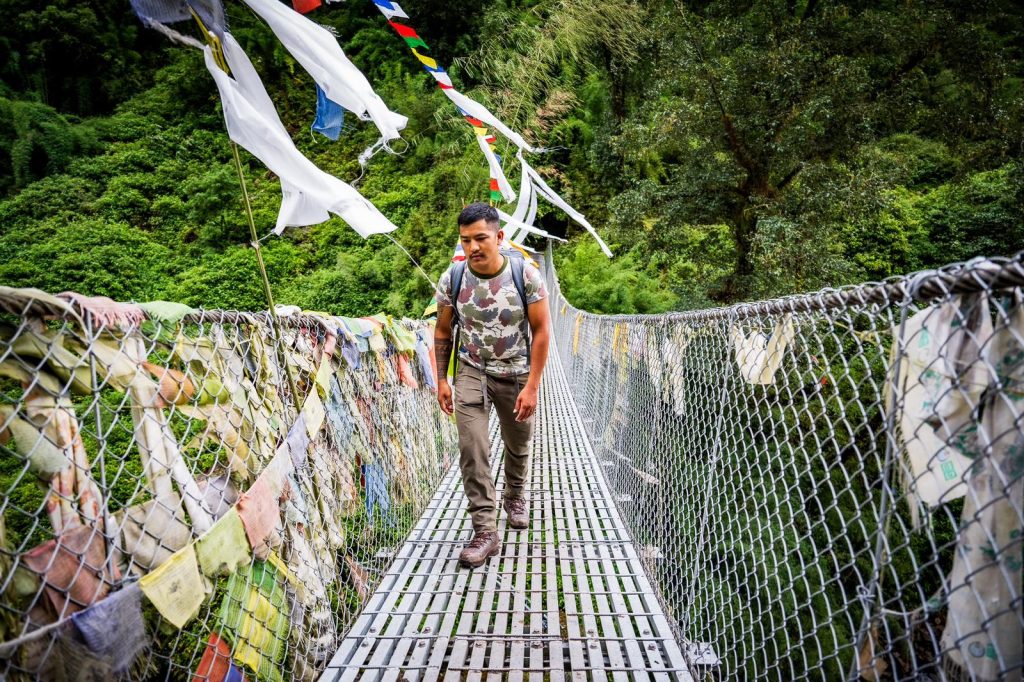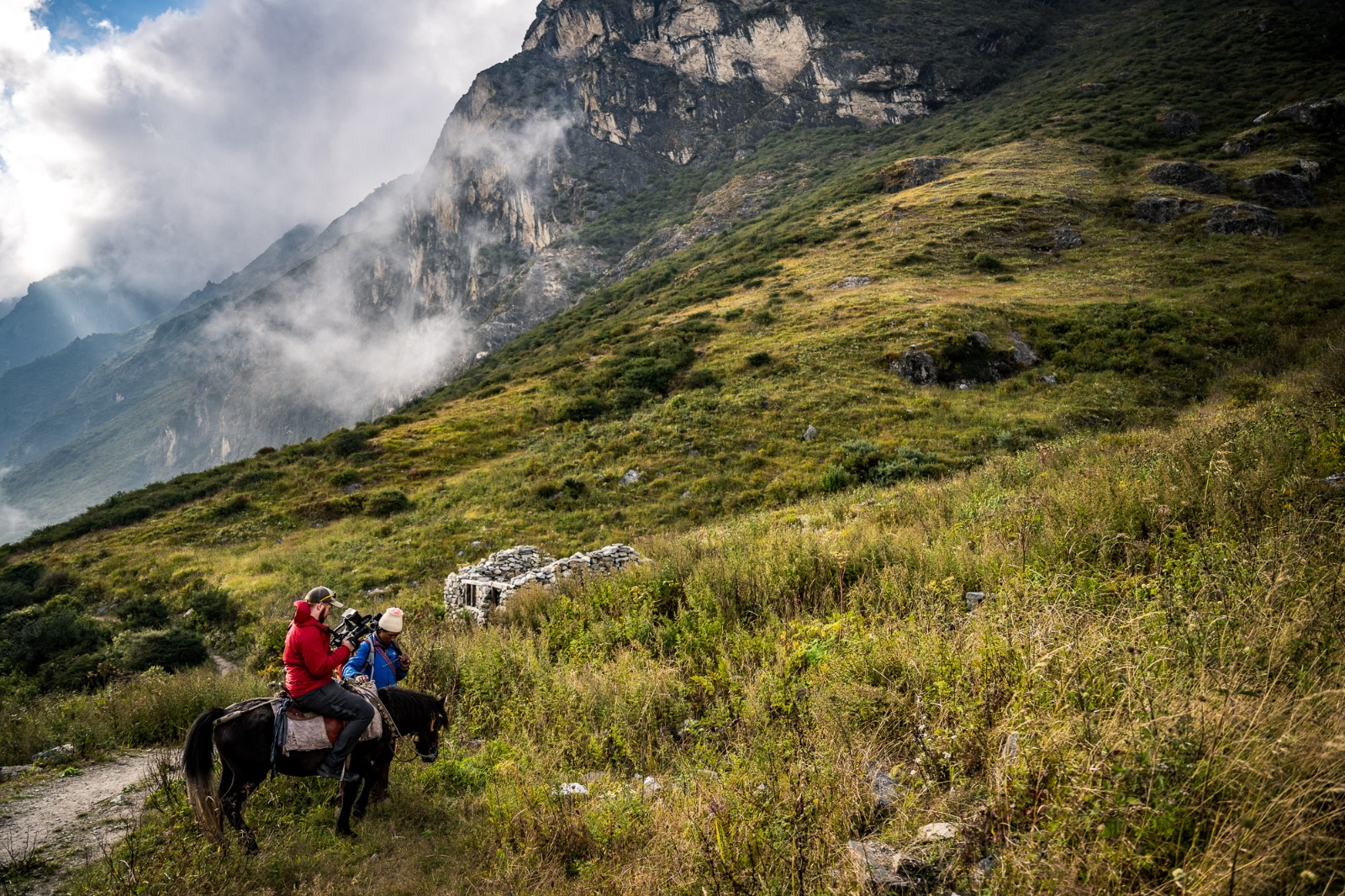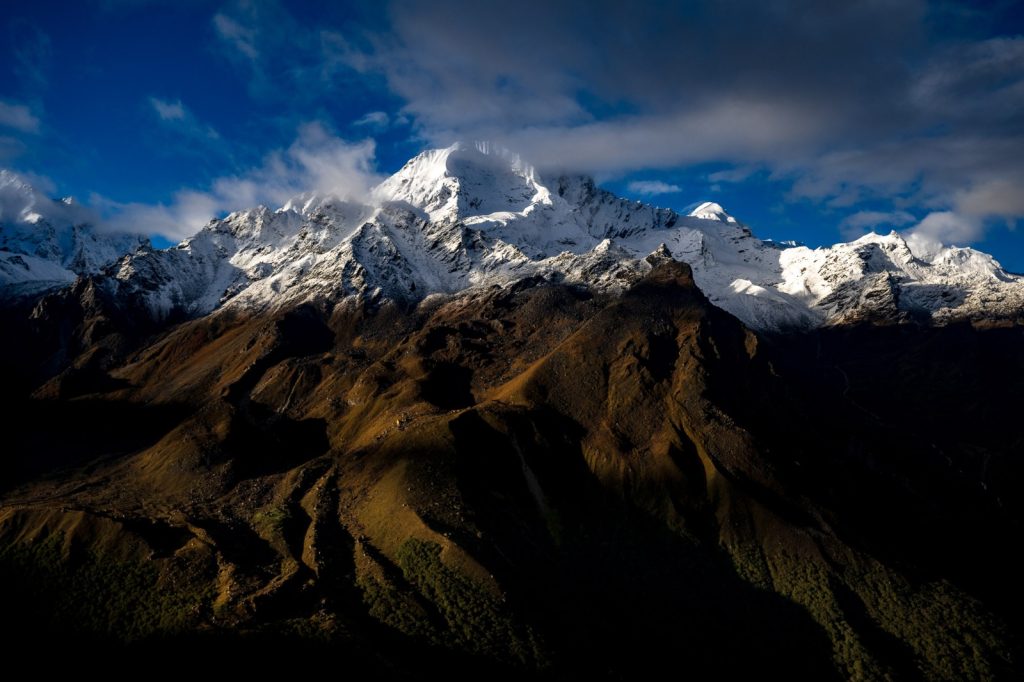Nepal is a country that transcends mere storytelling, it is an exploration of Nepal’s soul, narrated through the universal language of files. The country is also rich with traditions, and customs. Likewise, you will also get to unfold breathtaking panoramas of natural wonders. If you are planning to visit Nepal for filming, shooting, or storytelling, Nepal Film Production is here for you. The company will help travel the historical avenues of filmmaking in Nepal and wander through UNESCO World Heritage Sites that serve as cinematic backdrops. In each step, Nepal Film Production will navigate you through the varied landscapes that stretch from lush valleys to towering peaks.
Introduction: Filming Locations In Nepal
The country, Nepal, is full of cinematic views. So, in each step, you will unravel the cinematic potential of urban landscapes, trekking routes, wildlife sanctuaries, and community collaborations. Nepal Film Production is a company that helps navigate the intricate frames of Nepal’s cinematic history, where storytelling meets grandeur and weaves together the past, present, and future of filmmaking in the enchanting Himalayas of Nepal. You can illuminate the silver screen with iconic films that have harnessed the diverse landscapes of Nepal.
Nepal Film Production is here to uncover the pioneering spirits, lay the foundation for the industry, shape the narrative of a nation through the lens of creativity. Each stroke and each frame is a testament to the resilience, creativity, and passion embedded in Nepal’s cinematic soul.
The Historical Significance of Filming in Nepal
Despite the hurdles, witness the resilience of the industry and the triumphs that matched key moments in Nepal’s cinematic journey, demonstrating the indomitable spirit of storytelling. With history and tradition, you can get a chance to travel back to the genesis of Nepal’s cinema, where pioneers dared to explore the magic of moving images. In Nepal, every frame tells a story of artistic evolution and cultural resonance. From the golden age of Nepali cinema to the challenges of the industry’s adolescence, witness how filmmakers navigate through cultural nuances and societal shifts.
The historical significance of filming in Nepal is more than a chronicle of technological progress. The frames are like brushstrokes, contributing to a vivid portrait of the nation’s cinematic legacy. The legacy that contributes to the ever-expanding narrative of Nepal’s cultural and visual enhancement.
UNESCO World Heritage Sites as Cinematic Backdrops
The intricate details of ancient architecture, the spiritual ambiance of sacred space, and the timeless landscape contribute to a visual symphony that transcends mere storytelling. This later becomes an immersive experience for the next generation and the present audience. The nature of Nepal is a testament to the enduring allure of Nepal’s cultural and natural wonders.
The film shoot in Nepal demonstrates the cinematic alchemy that occurs when UNESCO World Heritage Sites become integral components of storytelling. Some of the films that transcend film in UNESCO’s site in cinematic masterpiece are The Fall (2006), set against the backdrop of Bhaktapur Durbar Square, and Little Buddha (1993), where the essence of Lumbini, the birthplace of Buddha has a spirituality and a visually compelling backdrop. Similarly, Kagbeni (2008) the movie has showcased the unique vernacular architecture and breathtaking landscape of Annapurna Conservation Area, Kalo Pothu ( 2015) the movie features the backdrop of the ancient city of Lo Manthang. There are many other movies that showcase how Nepal’s UNESCO sites have provided stunning backdrops for film scenes.
Capturing Wildlife and Nature for Film in Nepal
Filming in Nepal means different opportunities to capture mother nature, wonders, landscapes, plants, and wildlifes. From the Himalayas to the Terai Lowlands, you can find a staggering array of flora and fauna. The rare species of animals and plants in Nepal provide an opportunity to capture exclusive species in their natural habitats. You can easily make documentaries on snow leopards, Bengal tigers, and one-horned rhinoceroses. These animals are thriving in Nepal. These animals have a unique narrative of survival and adaptation in Nepal’s diverse landscape.
Filmmaking can unveil the beauty of landscapes featuring diverse ecosystems, rare species, and the delicate balance between human coexistence and wildlife preservation. The film can help audiences learn about ethical practices that minimize the environmental impact of filmmaking in wildlife-rich areas. This can raise awareness about conservation while ensuring that their work contributes positively to the protection of Nepal’s natural treasures.
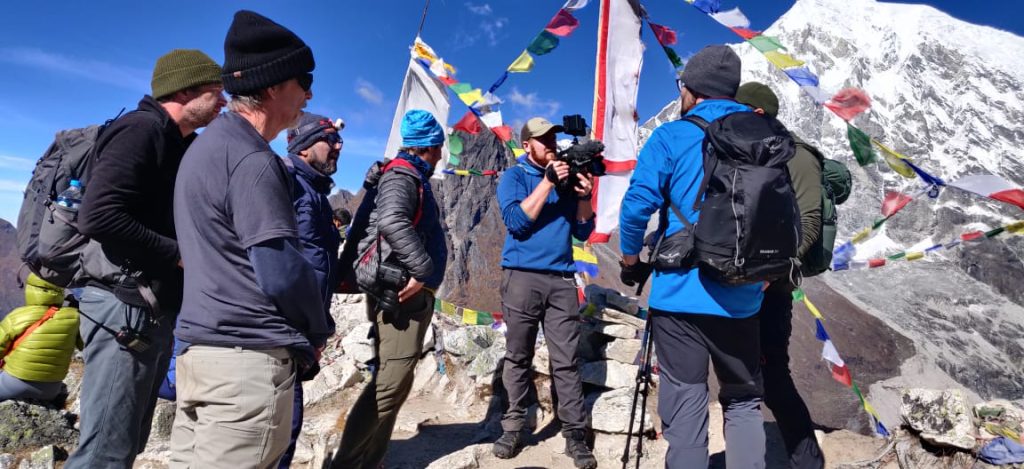
Cinematic Photography Tips for Nepal’s Locations
Shooting or filming in Nepal means inspiring people and exploring the boundless possibilities of cinematic storytelling in Nepal. Each corner of Nepal is iconic, and you can utilize the stable shots and dynamic angles of each corner. To capture the cinematic symphonies of Nepal, here are some tips to grab the unique charm of the country.
Embrace natural light
Nepal offers a canvas bathed in a spectrum of natural light. You can play with the landscapes, allowing the unique topography to guide your lenses. This technique provides the tones and texture that elevate your cinematography to new heights.
Capture cultural richness:
The country tells a story in every tradition, festival, and the profound essence of community. You can take candid cultural moments, capture the ritual, details, and emotions, the joy of participants, and the elaborate decorations that abound on the streets. This context will add depth to your cultural narrative.
Golden hour in Urban Spaces:
Embrace warmth in cityscapes that help you capture the soft sunlight, buildings, monuments, and city landmarks. The urban reflection adds a cinematic and dreamy quality to your urban compositions. These things create balanced and visually captivating scenes.
Intimate wildlife shots:
The artful use of your lenses can help you create cinematic tales that celebrate the intimate beauty of Nepal’s wildlife. This emotion of wildlife encounter creates an immersive and intimate viewing experience. Your roles can create wildlife storytellers that can help preserve and share stories of the country’s wildlife conservation with the world.
Environmental Narratives:
Showcase the biodiversity of Nepal and its unique ecosystem. You can capture the vibrant tapestry of flora and fauna that emphasizes the importance of preserving biodiversity hotspots. Likewise, document tree-planting initiatives, wildlife protection programs, and sustainable practices that contribute to the country’s environmental conservation.
Hire a film production company:
Hiring a film production company to shoot in Nepal is an important and beneficial task. This can help you with research, getting local contacts and recommendations, visiting shooting locations for legal and permit requirements, monitoring production progress, and finally with post-production and delivery. You should choose a film production company that aligns with your vision and project requirements.
Conclusion: Crafting a Cinematic Symphony for Filming in Nepal
Shooting in Nepal immerses you in a symphony of visual narratives that traverse the diverse landscapes and cultural tapestry of this enchanting nation. The country’s cultural richness, natural splendor, and warm hospitality await your lens. As you navigate the challenges and rewards of filming in Nepal, remember that your contribution adds to the chorus of voices echoing the beauty, resilience, and magic of this remarkable nation.
For remarkable shooting and narratives, look for companies with experience in the type of project you are working on. Ensure that the production company is well-versed in local and permit requirements for filming and shooting in Nepal. Likewise, Nepal Film Production is one of the renowned companies in Nepal that can assist you in obtaining the necessary permits and permission to shoot in Nepal. They help you get a firsthand look at the quality of their work and their ability to handle a diverse environment. Therefore, remember Nepal film Production for any shooting project in Nepal.
FAQS
- What is the location of a film called?
The location of a film is called its “Filming Location.” It encompasses the varied settings where scenes are shot, contributing to the visual storytelling. Filming locations range from iconic landmarks to remote landscapes, shaping the cinematic experience.
- Why are filming locations important?
Filming locations are crucial as they shape the cinematic narrative. These settings, ranging from iconic landmarks to remote landscapes, contribute to the visual storytelling, adding depth and authenticity to the film. They play a vital role in enhancing the overall cinematic experience.
- What is the meaning of location in film?
The choice between filming on location or in a studio depends on the creative vision. Filming on location offers authenticity and diverse settings, while studios provide controlled environments. Both options have merits, influencing the cinematic experience based on the desired visual narrative.
- What do locations do in film?
Locations in film serve a pivotal role in enhancing the storytelling. They provide the physical backdrop for scenes, contributing to the atmosphere, authenticity, and visual impact of the narrative. Well-chosen locations can immerse viewers in the story, creating a more compelling and realistic cinematic experience.


